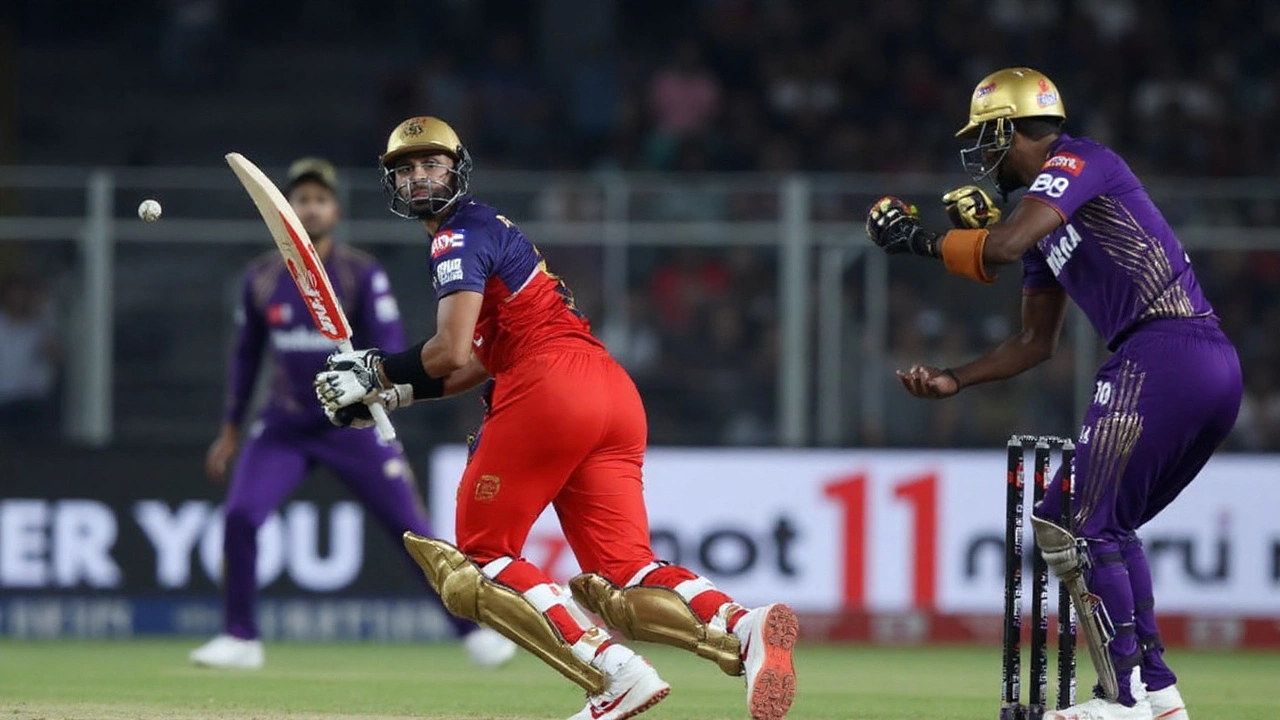Net Run Rate: How It Shapes IPL and Cricket Rankings
When talking about Net Run Rate, a calculation that compares runs scored per over with runs conceded per over. Also known as NRR, it decides which team moves ahead when points are equal. In the fast‑moving world of IPL, India's premier T20 league, a single run can swing a playoff chance, so understanding NRR is a must for any fan.
Net run rate influences team rankings (Team A's higher NRR pushes it above Team B when both sit on the same points). The formula needs two key attributes: total runs scored and total overs faced, matched against runs given away and overs bowled. Those numbers become the value that tells you how dominant a side has been across a tournament. For example, a side that scores 180 runs in 20 overs and restricts the opposition to 150 in the same span ends up with a positive NRR, signalling better performance.
Why Net Run Rate Matters Beyond the Scoreboard
In a cricket tournament, any series that awards points for wins and ties, NRR is the safety net that prevents a points tie from becoming a lottery. It requires teams to think about every ball, not just the final wicket. Coaches often tell bowlers to keep the run flow low even when a win looks certain, because those extra runs can tighten the NRR and protect the side in later stages.
The metric also connects with the broader concept of team standings, the ladder that shows each team's position in the league. A strong NRR can turn a mid‑table team into a playoff contender, while a weak NRR can dump a high‑scoring side out of the knockout round. That's why you’ll see headlines like "SRH’s net run rate revival fuels their IPL comeback" – the numbers tell the same story as the headlines.
Fans often overlook that NRR is not just about offense; it’s a balance of batting and bowling efficiency. A side that chases down targets quickly improves its overs‑faced figure, boosting the rate, while a bowler who smothers runs reduces the opponent’s runs‑per‑over. In the IPL, where matches are decided by a few runs, these small gains stack up and become decisive.
Another often‑asked question: does a big win always guarantee a better NRR? Not necessarily. Winning by 10 runs in a low‑scoring game might improve NRR less than a narrow chase completed in 15 overs. The key is the *ratio* of runs to overs, not just the margin.
Understanding NRR also helps you read match commentary better. When you hear analysts say "the net run rate is slipping for SRH after that low‑scoring loss," they’re pointing out that the team’s run‑per‑over balance has taken a hit, which could affect their playoff hopes even if they win the next game.
Below, you’ll find a curated set of stories that put NRR in action – from Sunrisers Hyderabad’s revival after a rain‑hit match to how a single over can change a team's fate. These pieces break down the metric, show real‑world examples, and give you the tools to follow the numbers the next time you watch a game.
